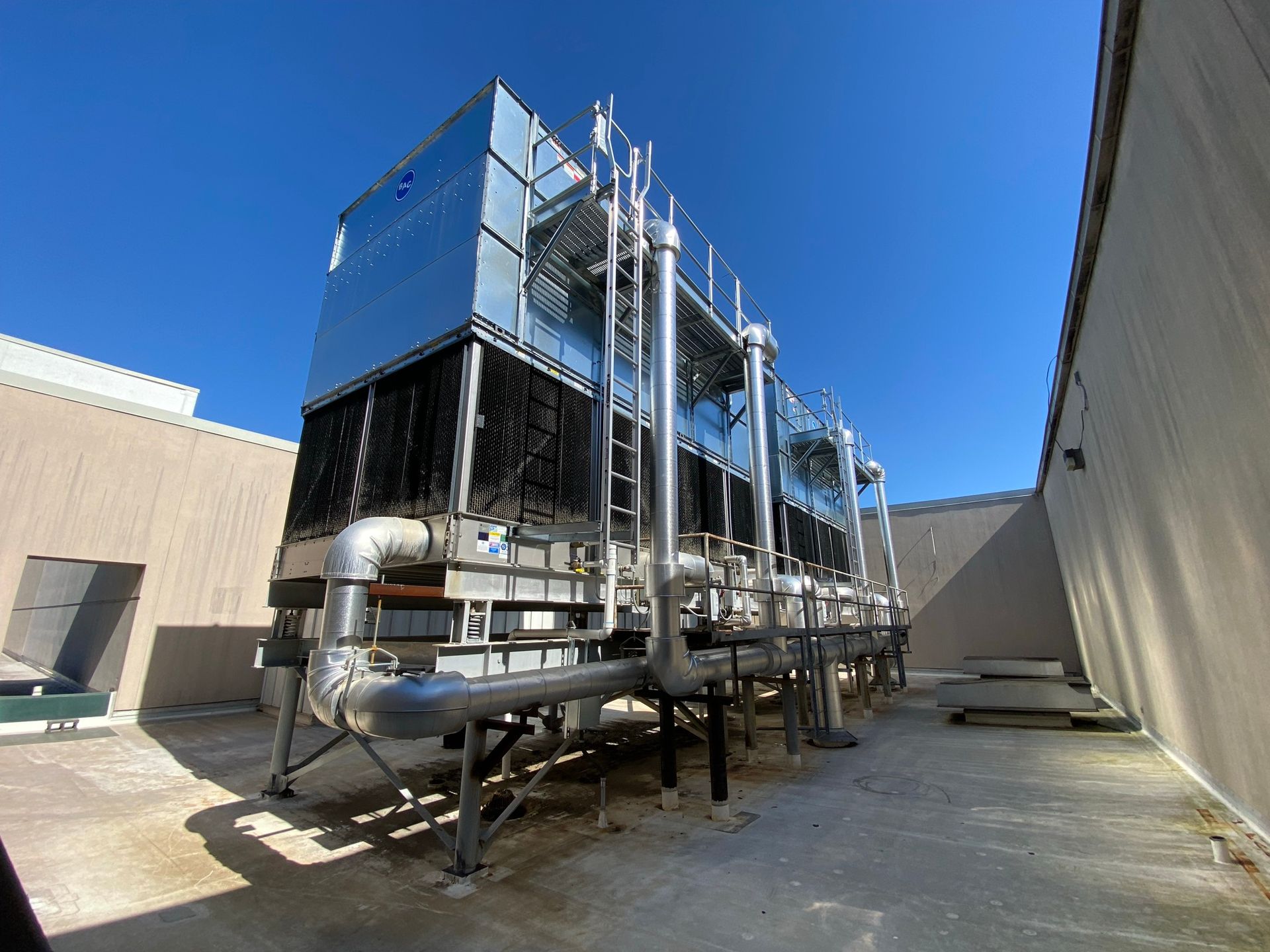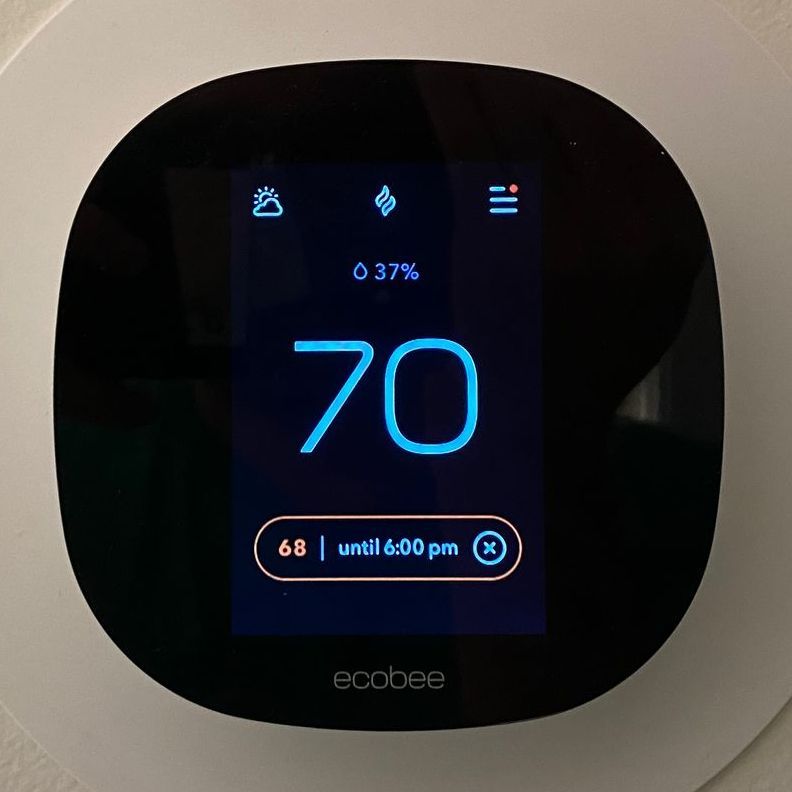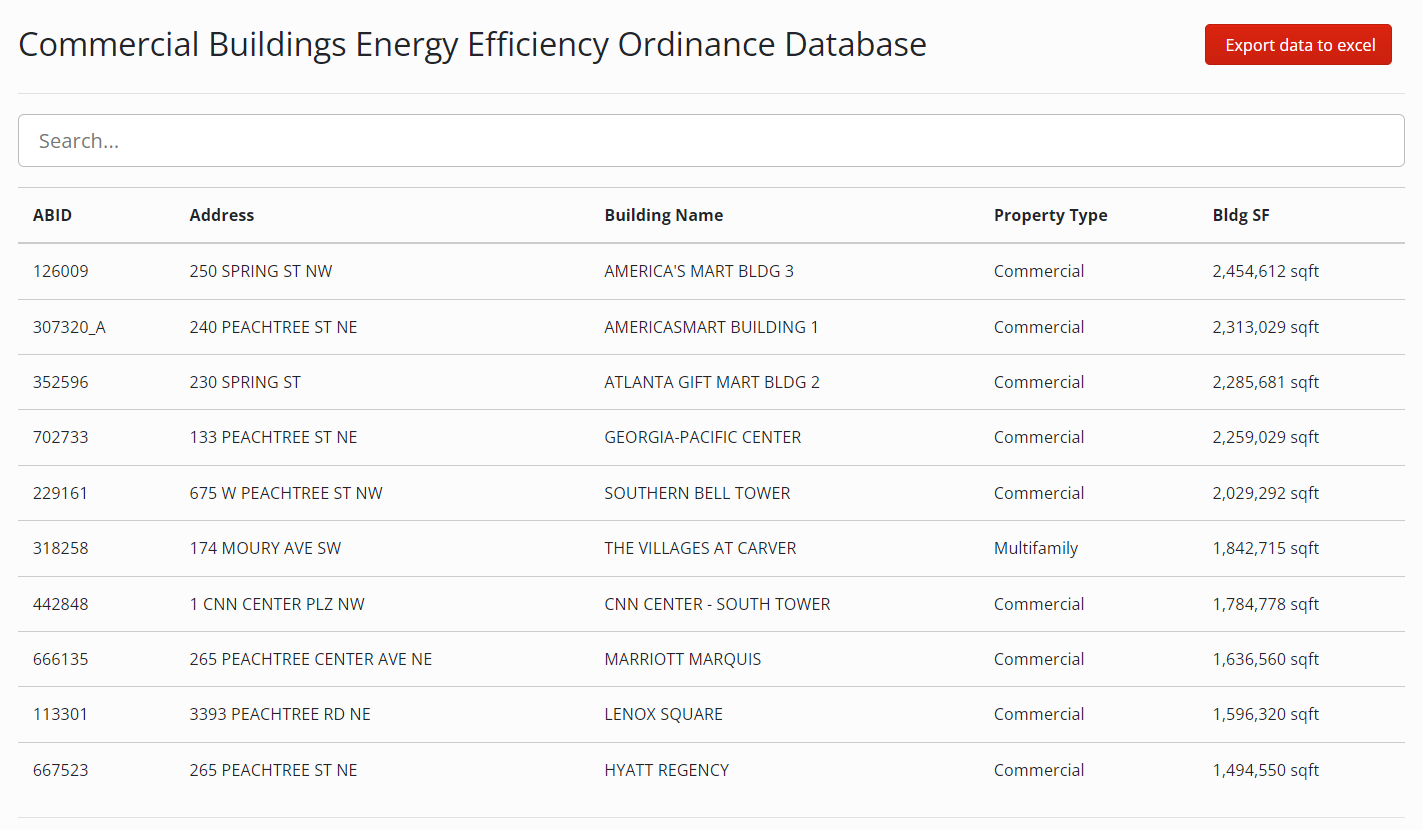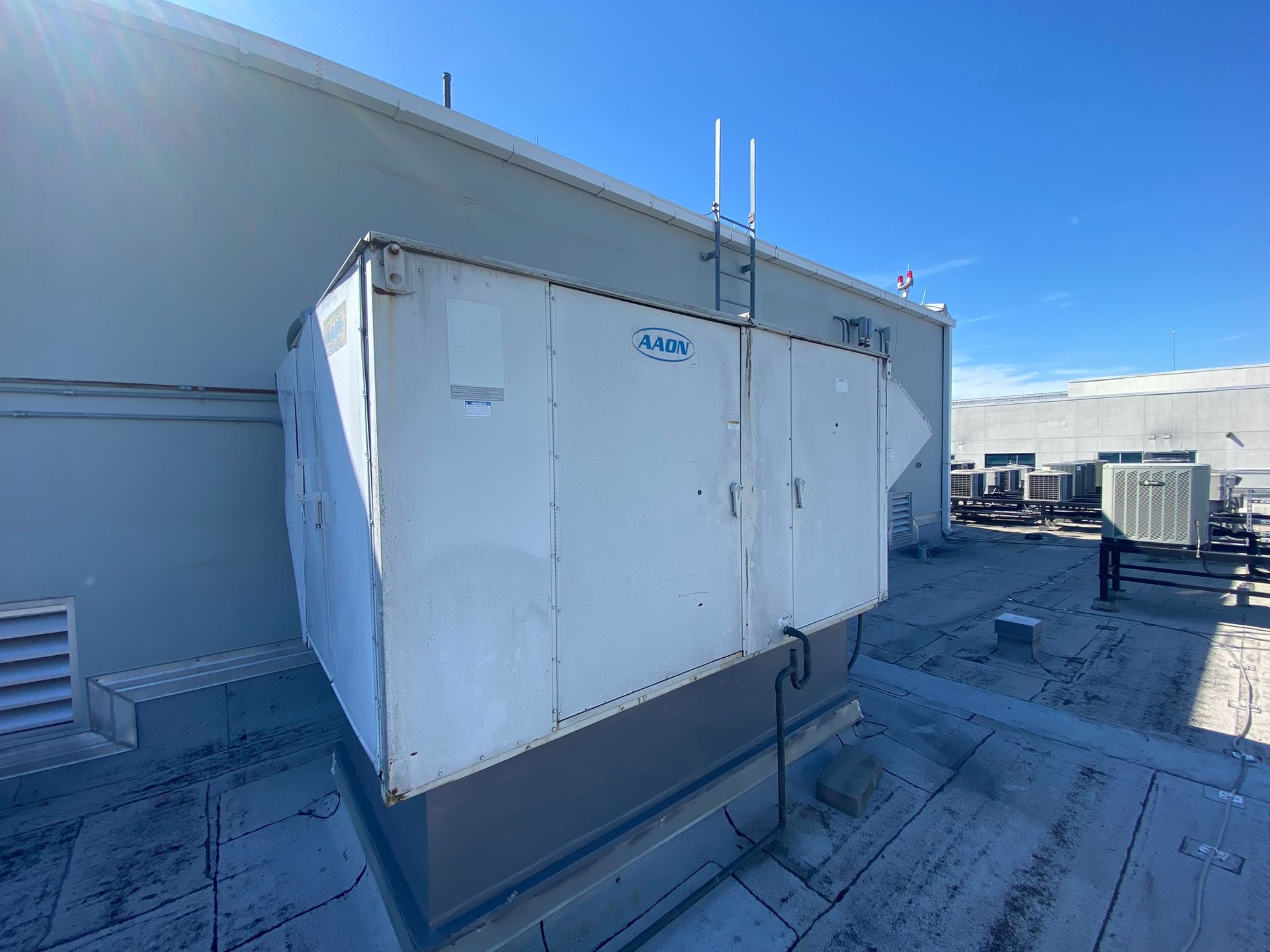City of Atlanta Benchmarking & Energy Audit Ordinance
The City of Atlanta passed a Building Benchmarking and Energy Audit Ordinance on May 30, 2017.

The City of Atlanta passed a Building Benchmarking and Energy Audit Ordinance on May 30, 2017.
The purpose of the benchmarking ordinance is to encourage energy efficiency by increasing the awareness of building energy performance, as measured by ENERGYSTAR Portfolio Manager.
An energy audit is an assessment carried out by a qualified professional that will recommend low and no-cost operational improvements as well as high-ROI capital improvements that will reduce overall energy usage in a facility.
Understanding your building's performance is critical for effective energy management. Benchmarking in ENERGY STAR Portfolio Manager helps you understand the performance of your buildings or portfolios of buildings over time. It allows you to compare your building to similar buildings nationwide, track changes over time, and identify underperforming buildings. In fact, it has been shown that just benchmarking on a consistent basis results in an average annual energy savings of over 2% per year, just through behavior changes.
The ordinance requires commercial buildings over 25,000 gross square feet to perform benchmarking every year, and perform an energy assessment every ten years. This information helps building owners improve efficiency and reduce costs by identifying areas for improvement.
The City of Atlanta wants to help property owners and managers save energy.
The City of Atlanta wants to help property owners and managers save energy. Energy savings are good for the environment, the pocketbook, and the city by reducing pollution from fossil fuels. They also save money on utility bills for tenants that use all or part of a building’s heating and cooling system.
There are several ways to improve energy efficiency at your property:
- Upgrade lighting fixtures with bulbs that use less electricity.
- Replace windows with better insulating glass or install storm windows if needed.
- Seal air leaks around doors and windows with weather stripping or caulk; add insulation in walls; seal ductwork where it enters or leaves your building (you may need an HVAC contractor).
- Install automated temperature control systems so that you don't have to set thermostats manually each day (you may need an HVAC contractor).
Conclusion
This ordinance will help property owners and managers save energy. The City of Atlanta wants to help property owners and managers save energy by benchmarking their buildings against similar buildings nationwide, tracking changes over time, and identifying underperforming buildings.
If your building requires an energy assessment this year, or just need to get started on benchmarking, our Atlanta-Based Certified Energy Managers and Professional Engineers are standing by. Contact Verdius Energy today and learn more about our benchmarking and energy assessment services here.










